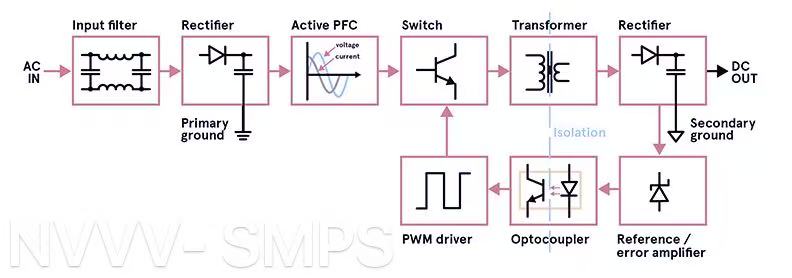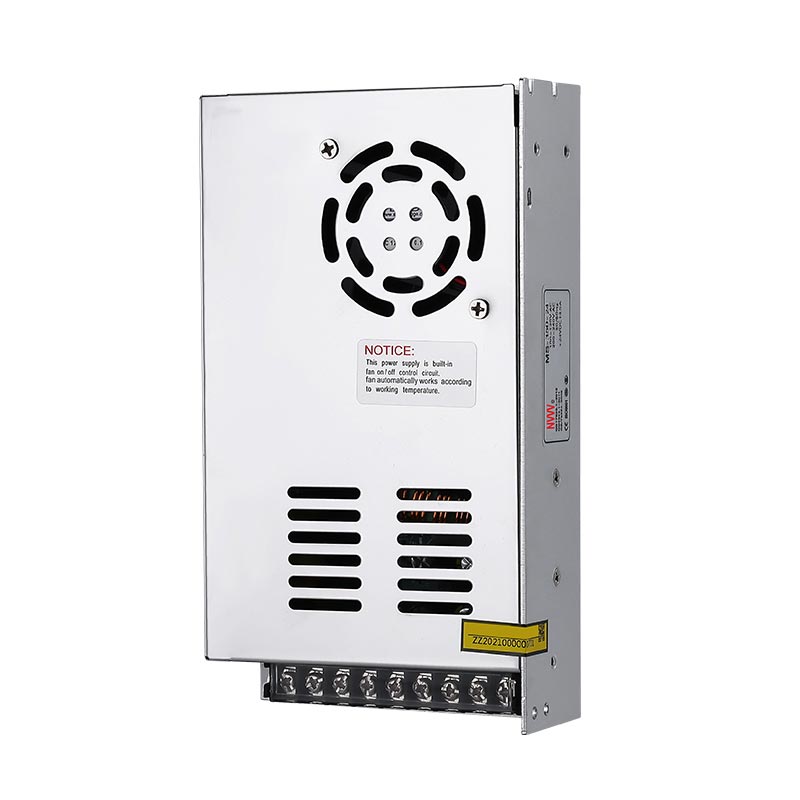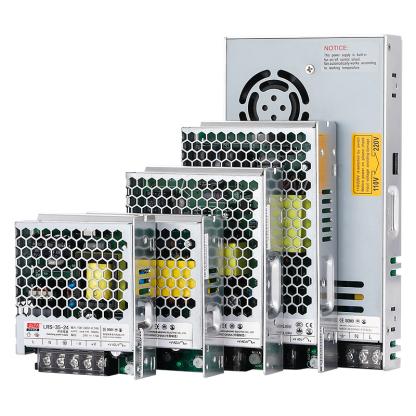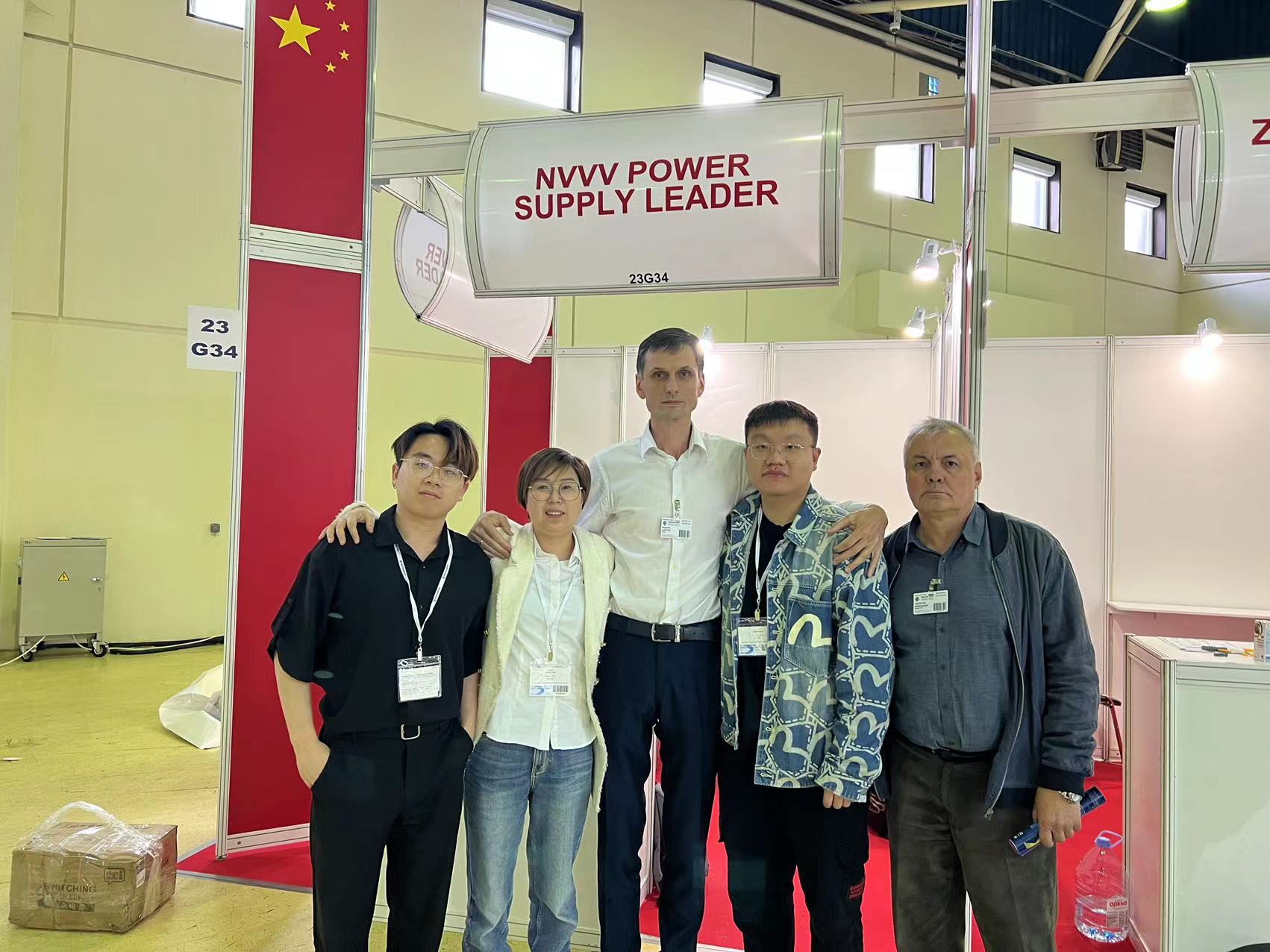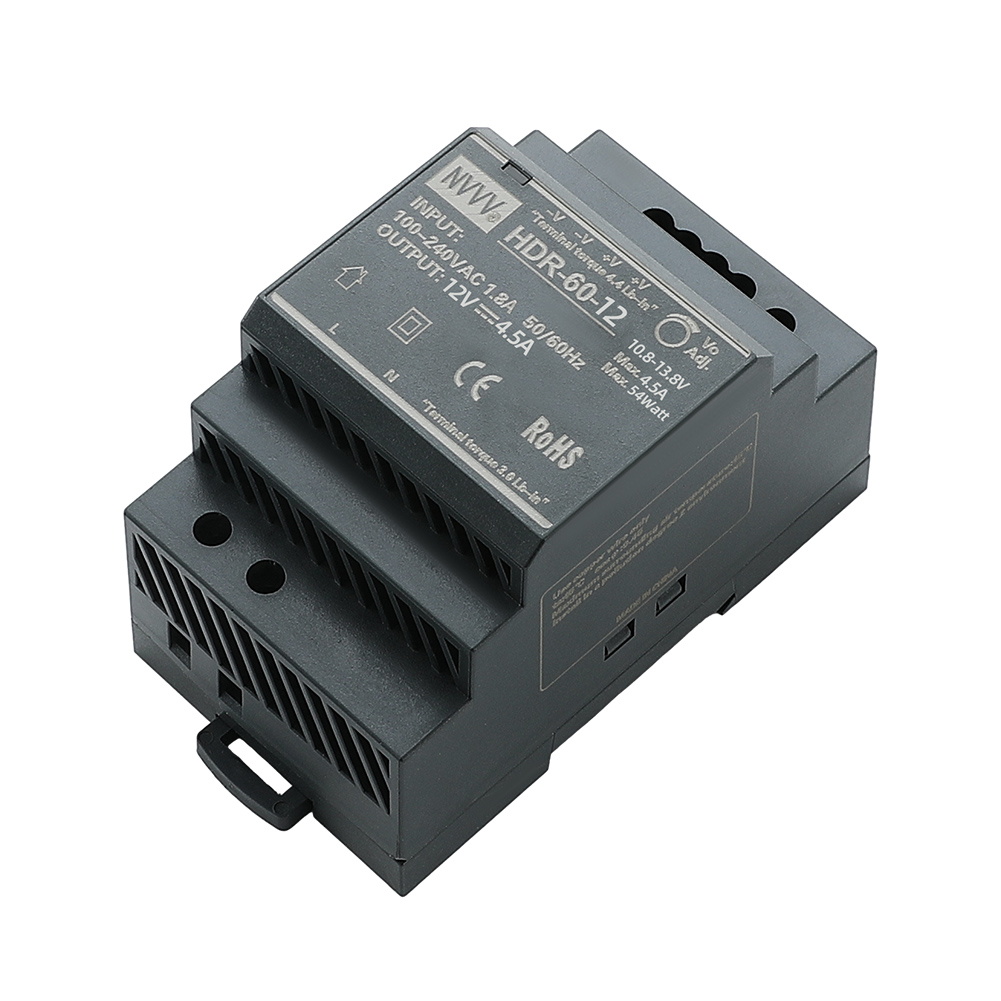3 Critical Benefits of Using a Switching Mode Power Supply in Electric Vehicles
As the world accelerates toward electrification, Electric Vehicles (EVs) are no longer the future—they're the present. From personal transportation to logistics fleets and commercial charging networks, EV systems demand high-performance power electronics that deliver efficiency, safety, and reliability. Behind every stable charging experience and every optimized battery system is a powerful enabler: the Switching Mode Power Supply (SMPS).
While batteries and motors receive much of the spotlight, the power conversion and distribution system is what ensures the smooth and safe flow of energy. In this article, we explore the three most critical benefits of using SMPS in Electric Vehicle systems—from onboard electronics to external charging infrastructure—and explain why leading new energy companies increasingly rely on this technology.
Table of Contents
-
SMPS Maximizes Energy Efficiency in EV Charging & Power Conversion
-
SMPS Ensures Voltage Stability and Safety Across EV Systems
-
SMPS Enhances Reliability and Customizability for New Energy Enterprises
-
Why SMPS is the Unsung Hero of the EV Revolution
-
NVVV – Empowering the EV Industry with Reliable SMPS Solutions
1. SMPS Maximizes Energy Efficiency in EV Charging & Power Conversion
Efficiency is Non-Negotiable in EV Infrastructure
In the realm of EV technology, power efficiency directly translates to system performance, charging speed, and cost-effectiveness. Whether embedded in a charging station or used inside the EV for voltage regulation, an inefficient power supply leads to higher energy losses, more heat, and added stress on all components.
What Makes SMPS Efficient?
The Switching Power Supply operates by rapidly switching transistors on and off at high frequency (often tens to hundreds of kilohertz), converting electrical energy more efficiently than linear regulators. This process reduces energy loss during conversion, especially when stepping down or stabilizing voltage for different subsystems.
- SMPS efficiency ratings typically exceed 90%, compared to 50-70% in linear power supplies.
- Lower heat generation means less need for heat sinks or active cooling, saving space and energy.
- More of the input energy reaches the load, whether it's a charging pile, a control module, or the BMS.
Why That Matters in EV Charging
Charging stations must convert AC from the grid into DC for the EV battery. This conversion happens at high power levels—often 7kW, 22kW, or even 120kW in fast chargers. Even a 5% improvement in efficiency can result in substantial energy savings and reduced grid demand.
Real-World Case: Charging Station Network Optimization
A mid-sized EV infrastructure company upgraded its 150 public chargers with high-efficiency SMPS modules. Over a year, the upgrade reduced power waste by 11%, translating into thousands of dollars saved in electricity and significant cuts in thermal load, which also prolonged the life of other components in the charger cabinets.
Bottom Line
With energy prices rising and sustainability mandates tightening, every percent of efficiency matters. SMPS helps EV manufacturers and charging operators stay competitive while reducing carbon footprint and total cost of ownership.
2. SMPS Ensures Voltage Stability and Safety Across EV Systems
The Risk of Voltage Instability in EV Platforms
Electric vehicle systems, especially those with complex digital control, sensor networks, and power electronics, are sensitive to voltage variations. Whether from grid instability, sudden load changes, or poor internal regulation, fluctuations can degrade performance or even damage sensitive components.
EV systems include:
- Battery Management Systems (BMS)
- Inverters and DC-DC converters
- Onboard chargers and power distribution units (PDU)
- Communication and control modules
SMPS Keeps It All Stable
A key advantage of SMPS is its ability to maintain consistent output voltages even when input power is unstable. This is crucial for vehicle safety and performance, especially in regions with less reliable grid power or in mobile, fast-changing load environments like an electric car or bus.
- Wide Input Voltage Range: Most SMPS units operate between 90V–264V AC, ensuring compatibility with varying global power grids.
- Stable Output Regulation: Regardless of whether the grid is at 100V or 240V, the SMPS can provide a consistent 12V, 24V, or custom DC output, essential for downstream electronics.
- Integrated Safety Features: Overvoltage protection (OVP), overcurrent protection (OCP), short-circuit protection (SCP), and thermal shutdown capabilities are built-in, making the system fail-safe.
Why It’s Critical in Charging Stations
Charging piles—especially fast chargers—must handle high power and fluctuating demand from multiple vehicles. Voltage spikes or surges can damage internal boards, affect charging speed, or even cause complete system shutdown.
Example: Home Charging Unit with Fluctuating Grid Supply
A residential EV charger supplier in South China reported frequent failures due to grid instability in suburban installations. After switching to an SMPS with broader input tolerance and faster correction response, the number of support calls dropped by 60%, and the user satisfaction rating improved significantly.
Reliable voltage regulation is the invisible backbone of EV system integrity. SMPS acts as the smart power gateway that shields sensitive electronics, extends component life, and ensures safe, predictable performance in every scenario—from your garage to the highway.
3. SMPS Enhances Reliability and Customizability for New Energy Enterprises
Reliability is a Must-Have, Not a Bonus
In the EV world, equipment failures are costly. Downtime means stranded vehicles, unhappy customers, and potentially expensive recalls. For both onboard electronics and charging infrastructure, power reliability is non-negotiable.
SMPS units are built with durability in mind:
- MTBF (Mean Time Between Failures) ratings of 50,000 hours or more
- Conformal coatings and sealed enclosures for dust and moisture resistance
- Active thermal management to avoid premature degradation
- Consistent operation across -20°C to +70°C temperature ranges (or wider for special variants)
Modular & Customizable: A Perfect Fit for EV Innovation
As EV designs become more modular and compact, power supplies need to follow suit. SMPS offers high power density in small enclosures, ideal for space-limited environments like:
- Under-dash electronics
- Battery enclosures
- Onboard AC-DC converters
- Smart charging controllers
Leading SMPS providers also offer custom voltage, output current, and casing solutions, making them adaptable to different EV models or charger form factors.
NVVV’s Experience in EV Customization
NVVV, with years of experience supplying China’s new energy vehicle and charging pile manufacturers, has developed a flexible S-series of SMPS that supports:
- Custom voltage outputs for specific BMS needs
- Remote monitoring and diagnostics for smart chargers
- Compact modules designed for heat-constrained enclosures
- Batch consistency and fast delivery for large-scale OEM rollouts
This level of flexibility and engineering support is essential for new energy enterprises that need to move fast and scale reliably.
Long-Term Reliability = Long-Term Profitability
Switching to SMPS doesn’t just prevent failure—it lowers your maintenance costs, simplifies servicing, and improves brand reputation. Over a 5-year lifecycle, this can amount to thousands in saved labor and equipment costs per deployment.
Why SMPS is the Unsung Hero of the EV Revolution
EVs are fundamentally systems of systems. Every function—from charging to propulsion, data processing to safety monitoring—depends on stable, efficient, and durable power conversion. That’s exactly what SMPS delivers.
Whether you’re building fast-charging stations in urban centers or deploying battery systems in heavy-duty electric trucks, a Switched Mode Power Supply is the silent force ensuring everything runs smoothly.
In Summary, SMPS Enables:
- High energy efficiency = faster charging, lower costs
- Stable voltage output = safe and reliable electronics
- Long-term reliability and custom integration = reduced downtime and operational risk
NVVV – Empowering the EV Industry with Reliable SMPS Solutions
As a long-term supplier to China’s new energy vehicle ecosystem, NVVV provides Switch Mode Power Supplies trusted by both EV manufacturers and charging pile integrators.
With deep industry experience, NVVV delivers:
- S-series SMPS designed for new energy applications
- Custom engineering support to match specific system requirements
- Stable production capacity for large-scale EV infrastructure projects
- Field-proven performance across diverse real-world environments
Whether you're developing cutting-edge EVs or rolling out intelligent charging networks, NVVV is ready to power your progress—efficiently, safely, and reliably.

